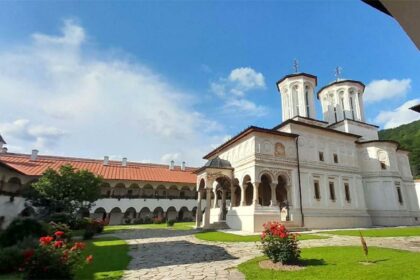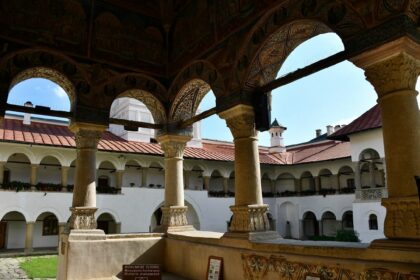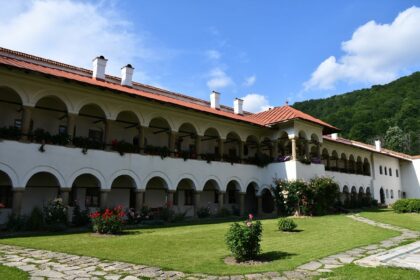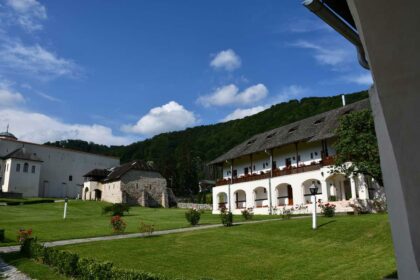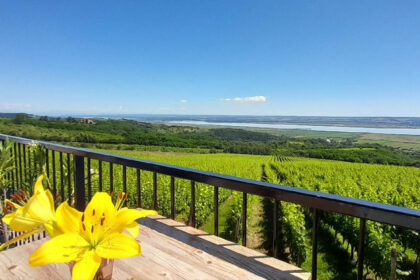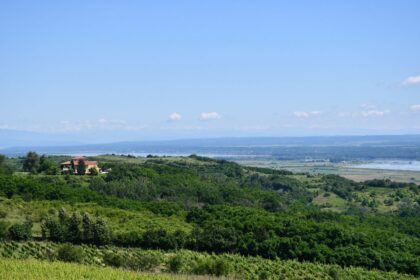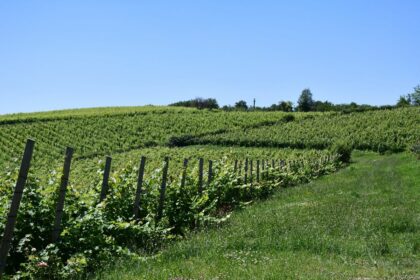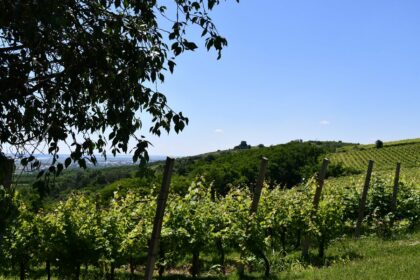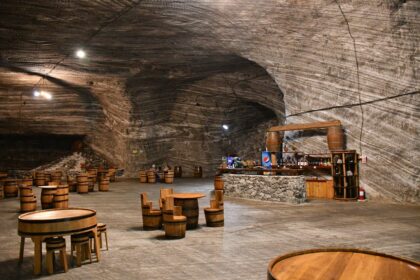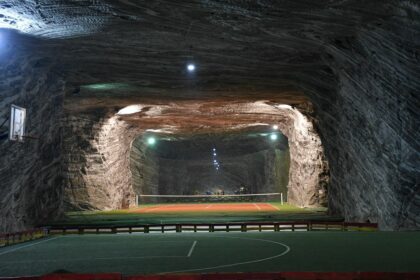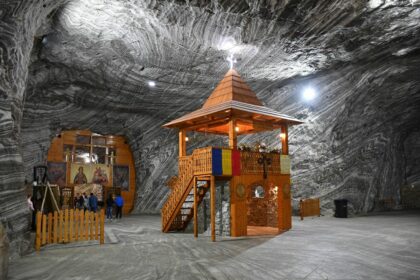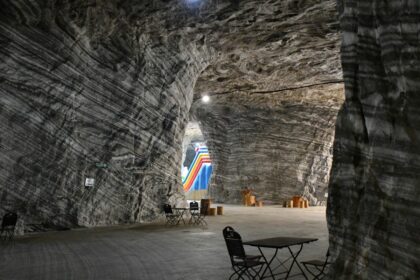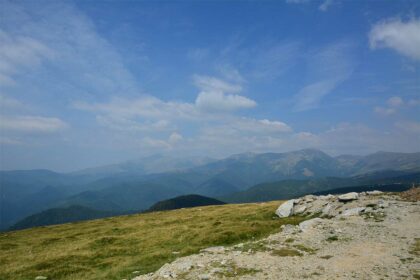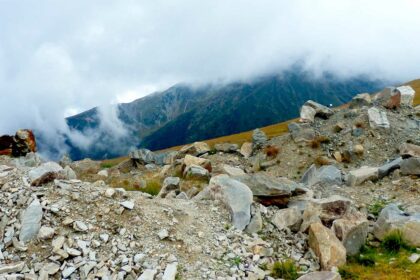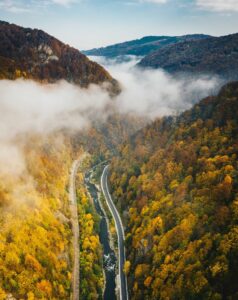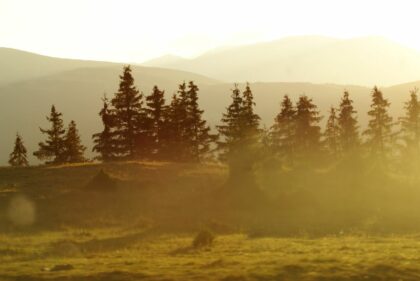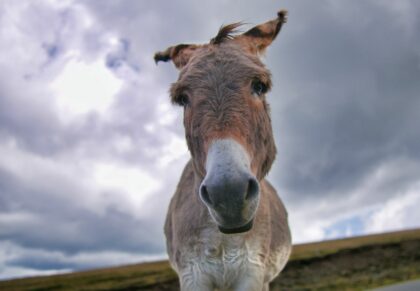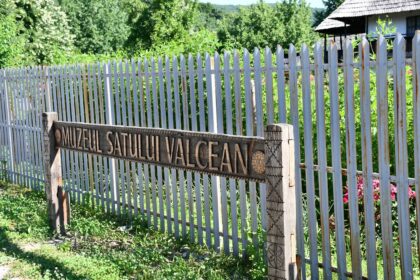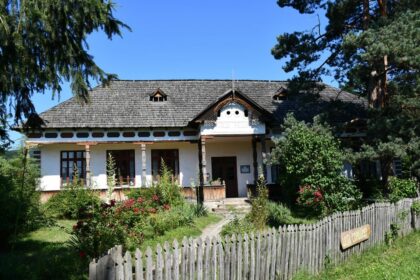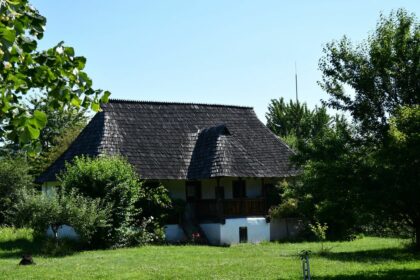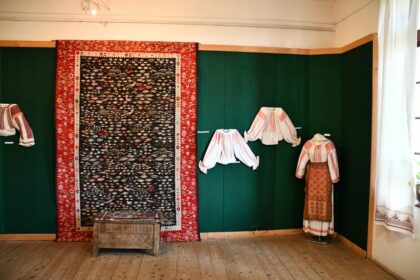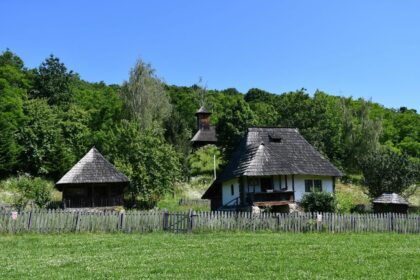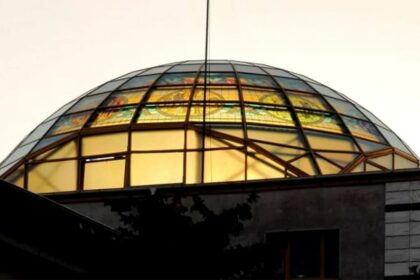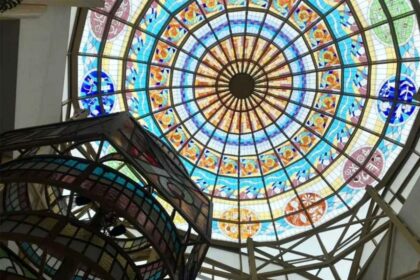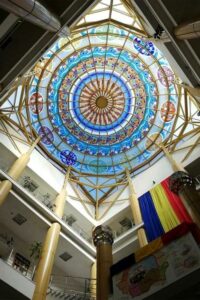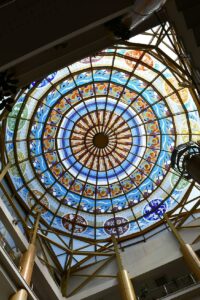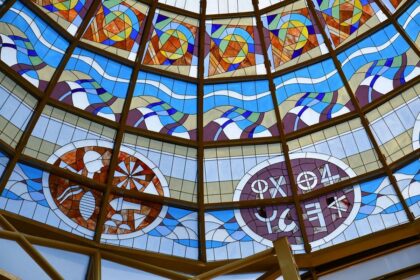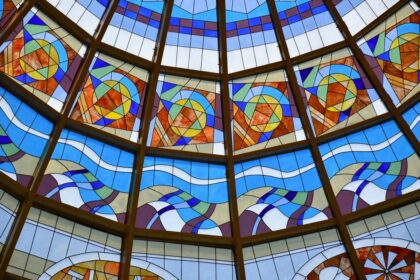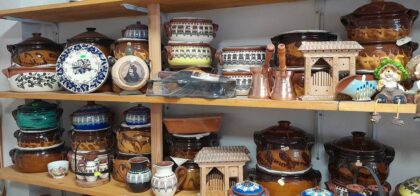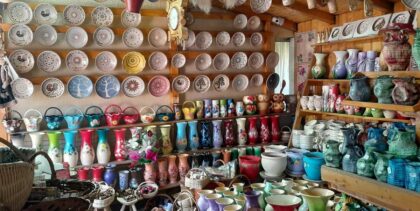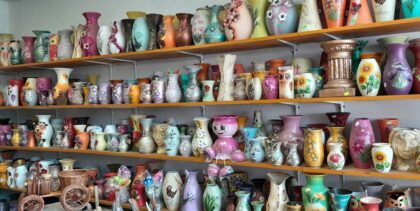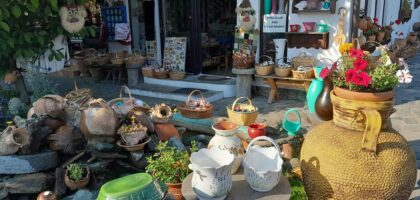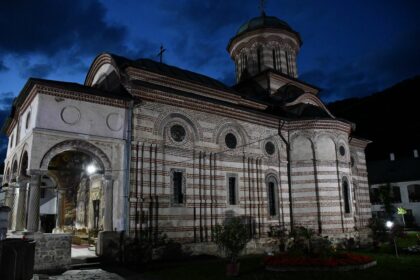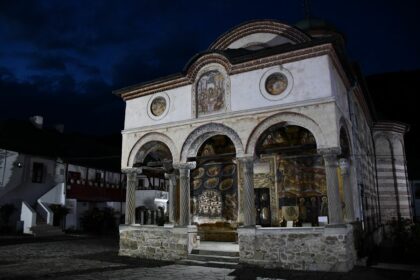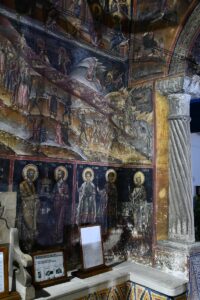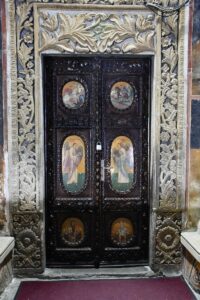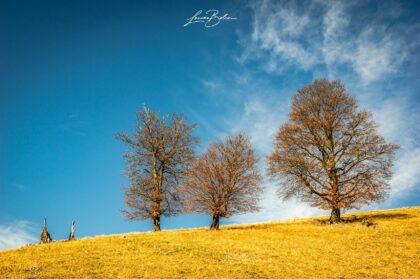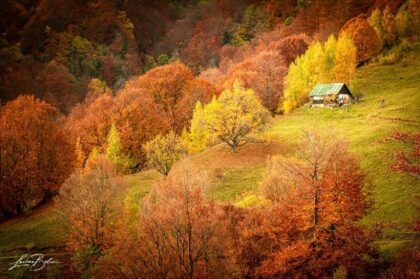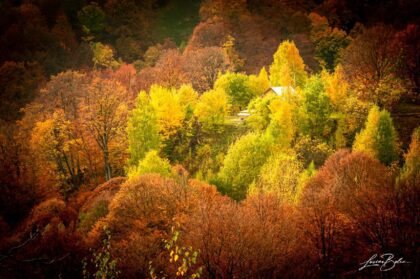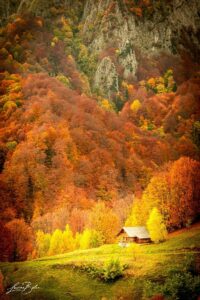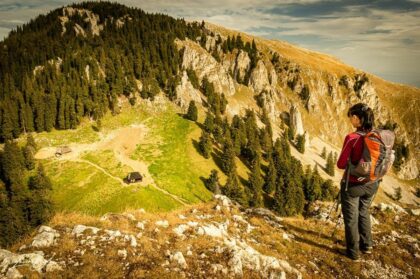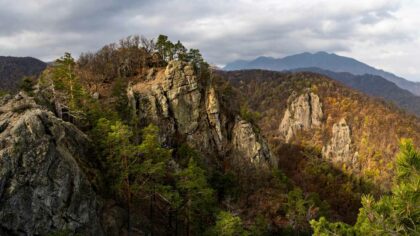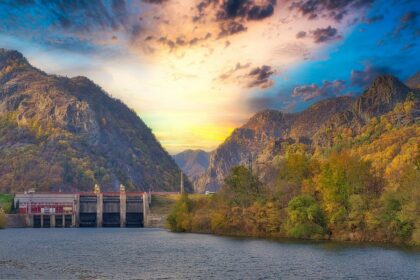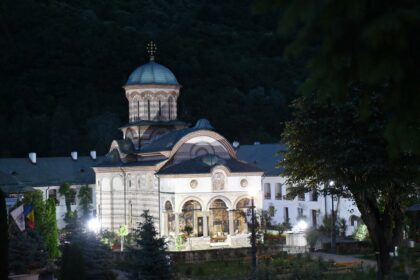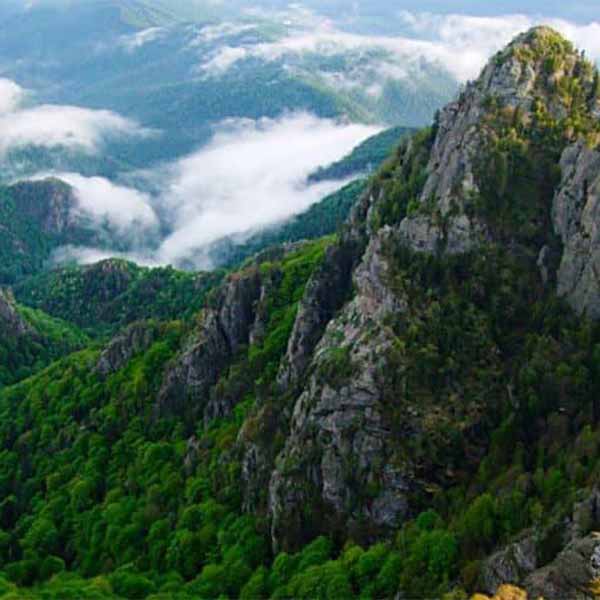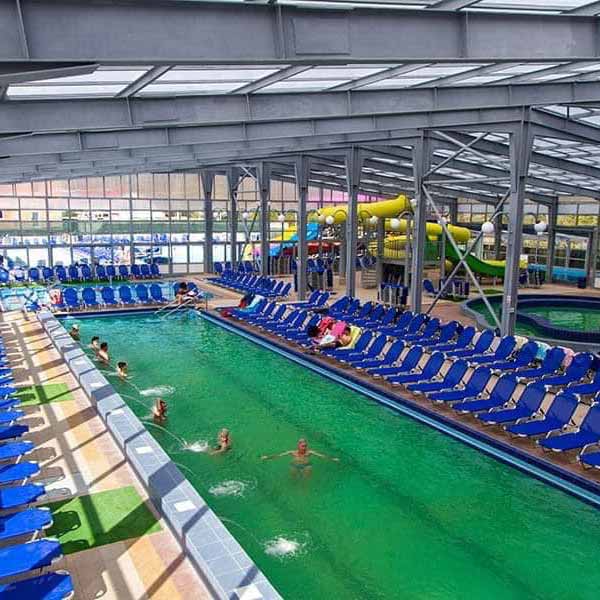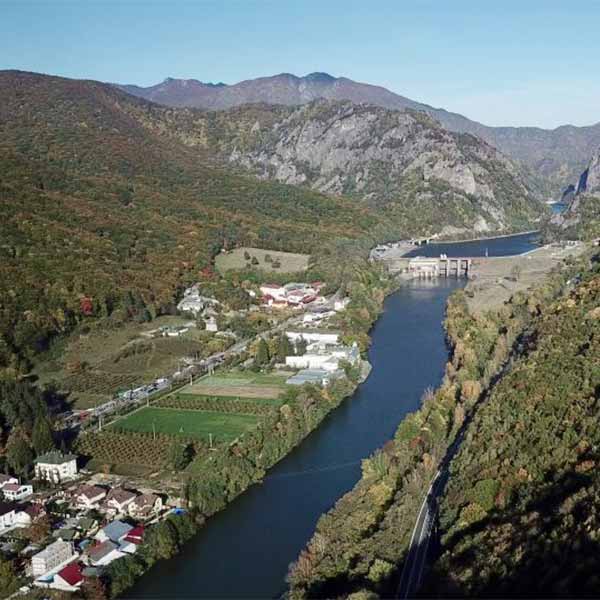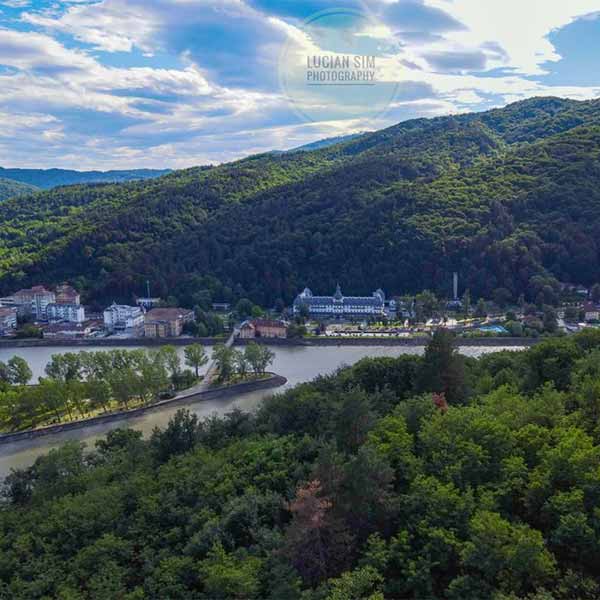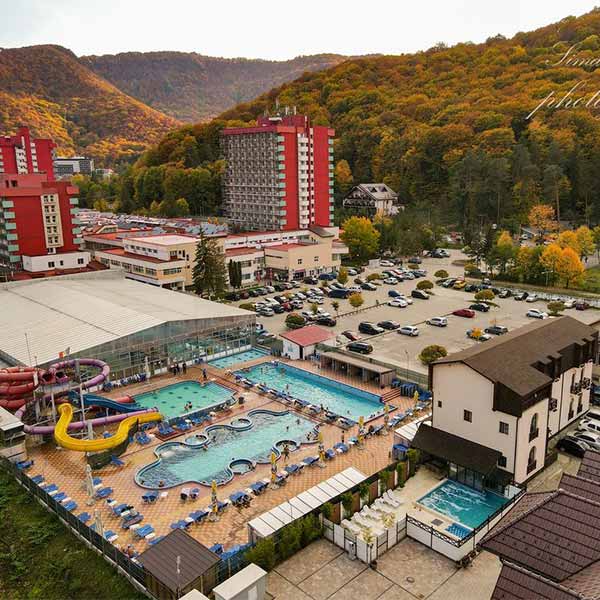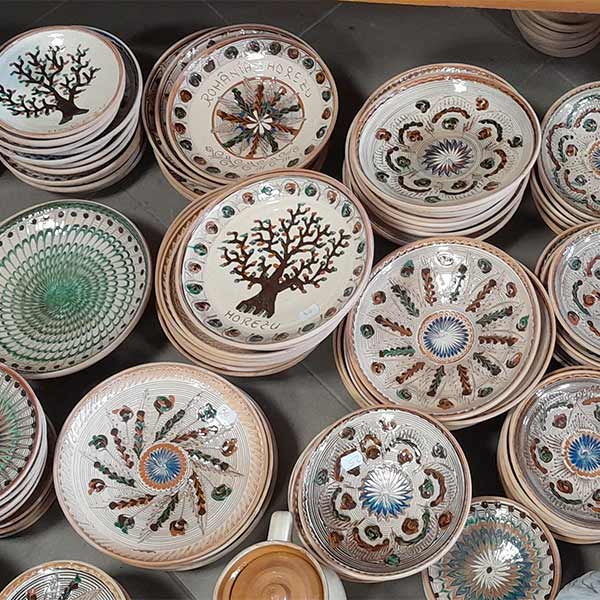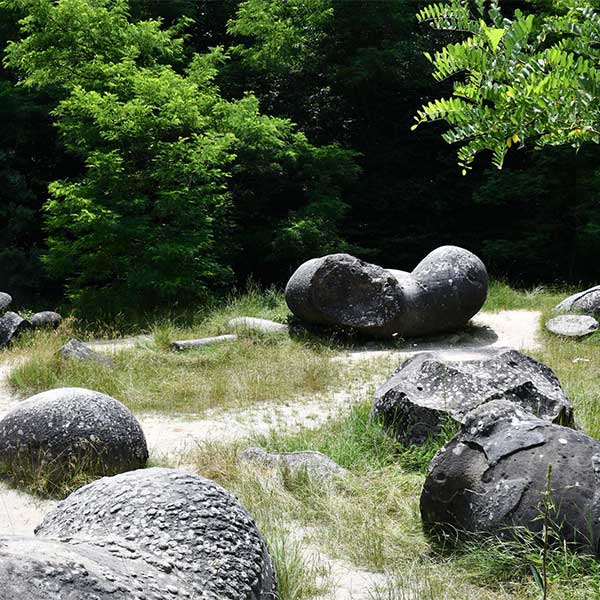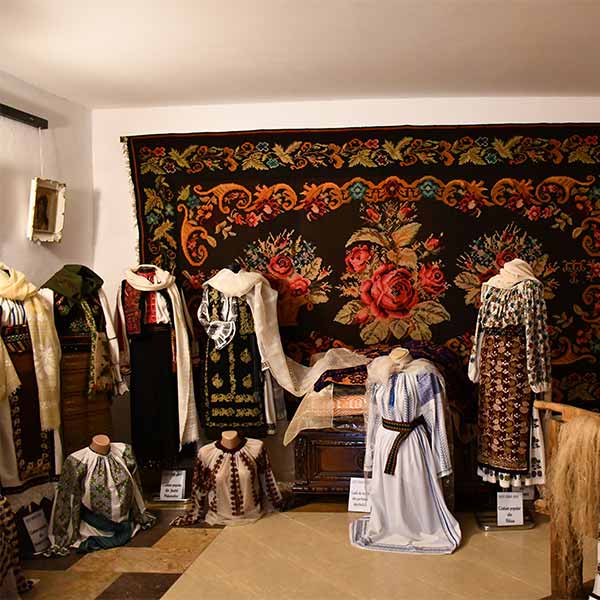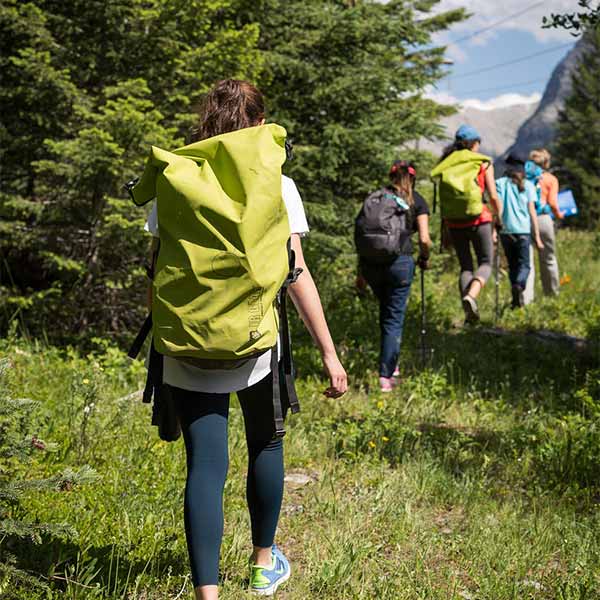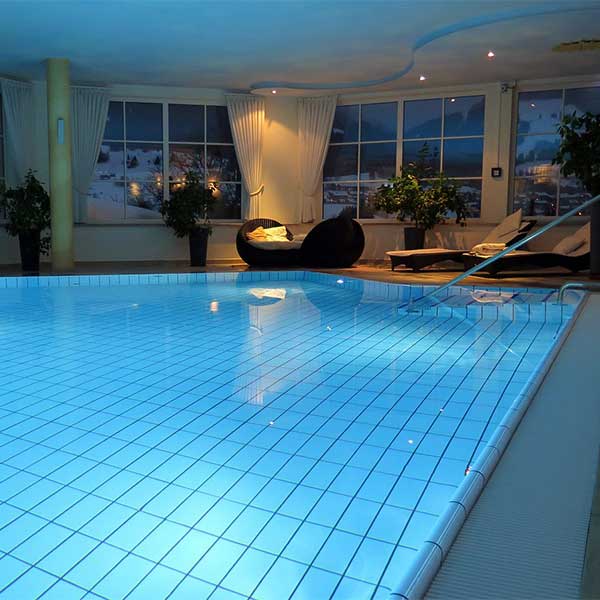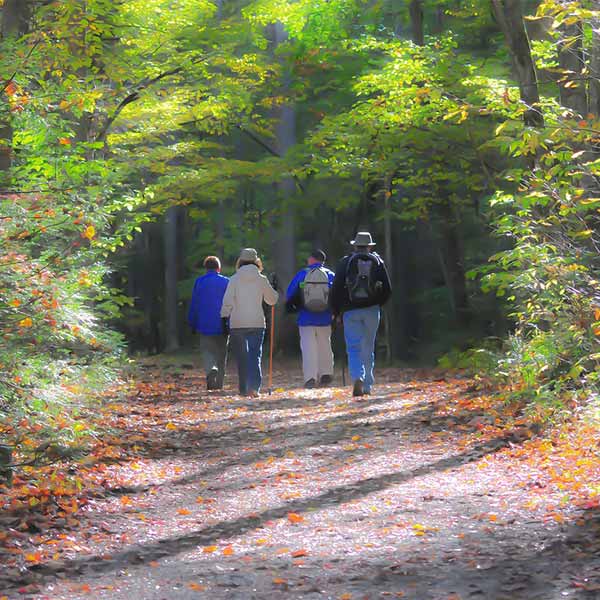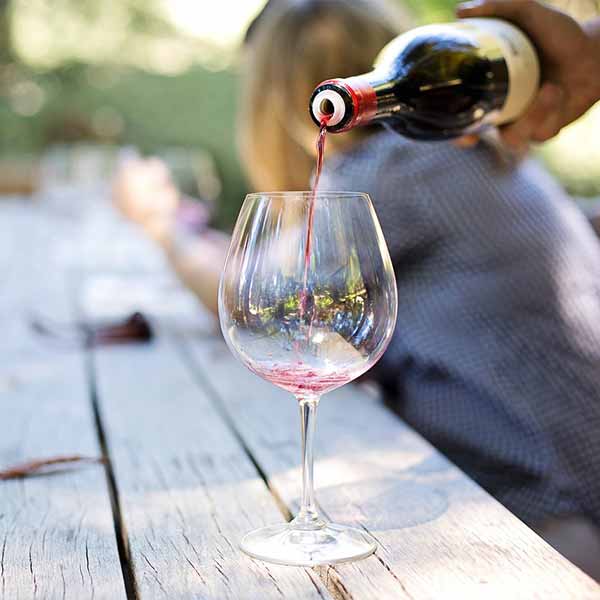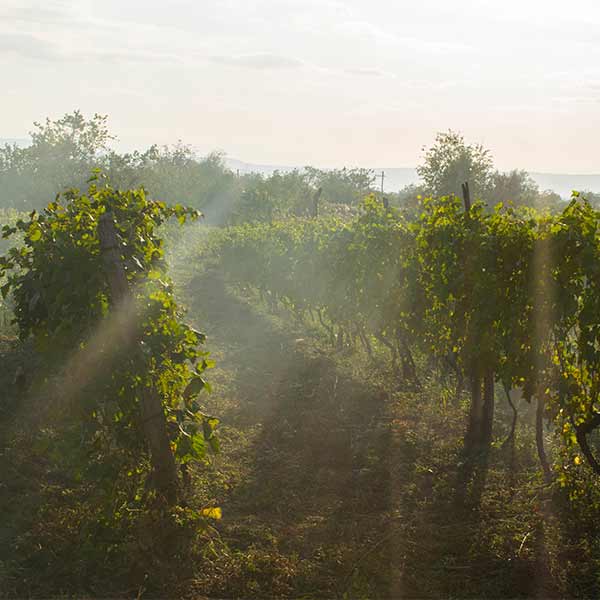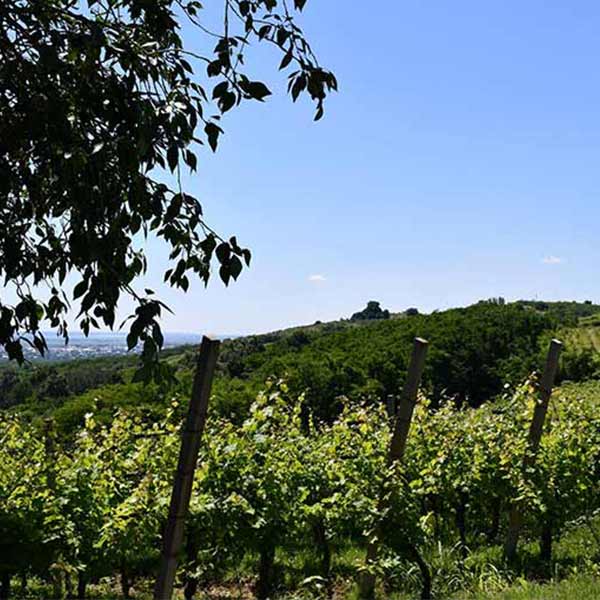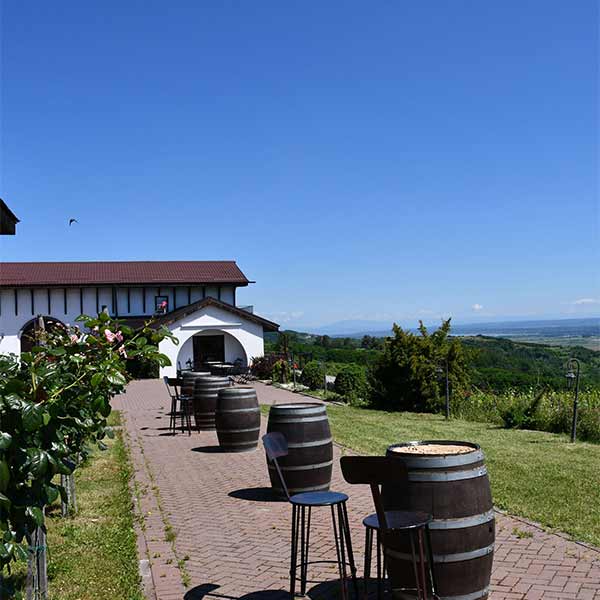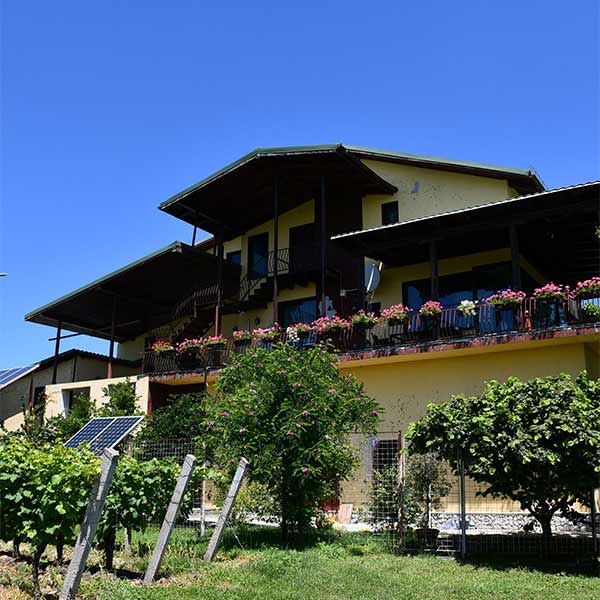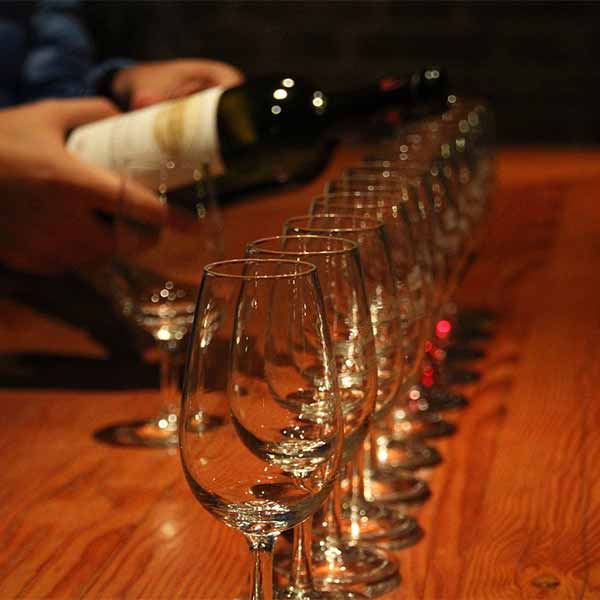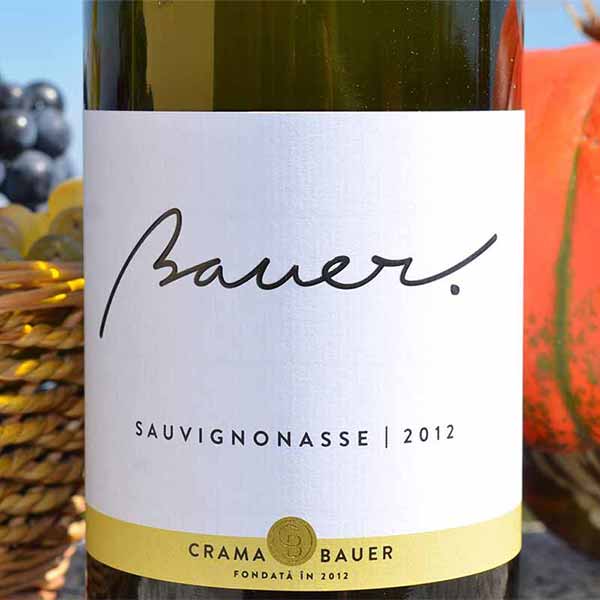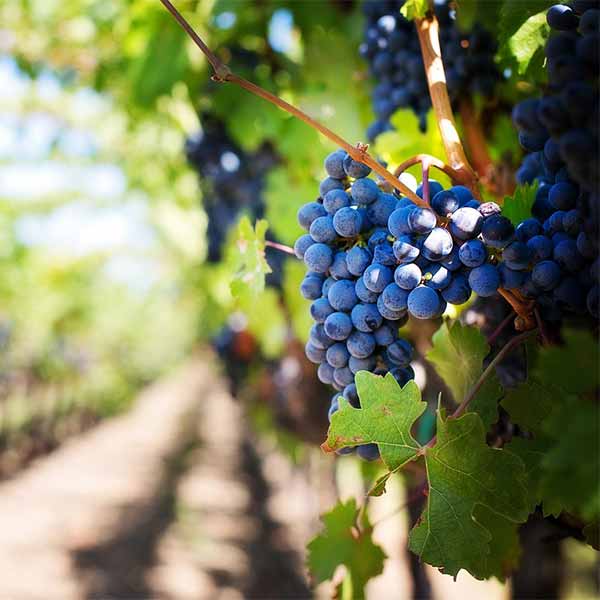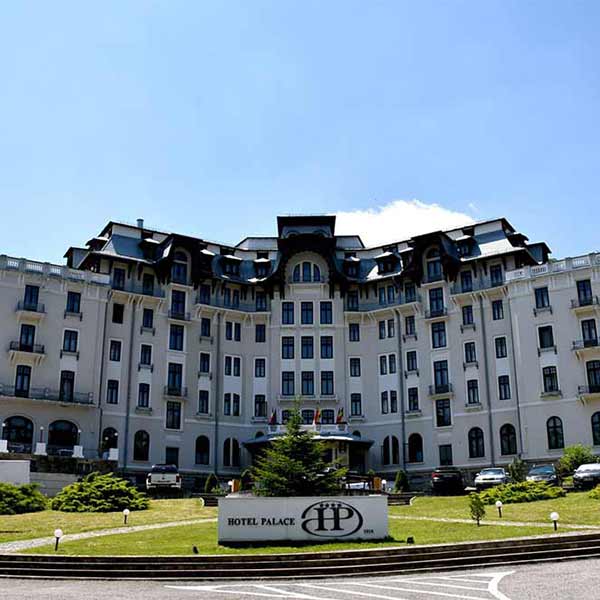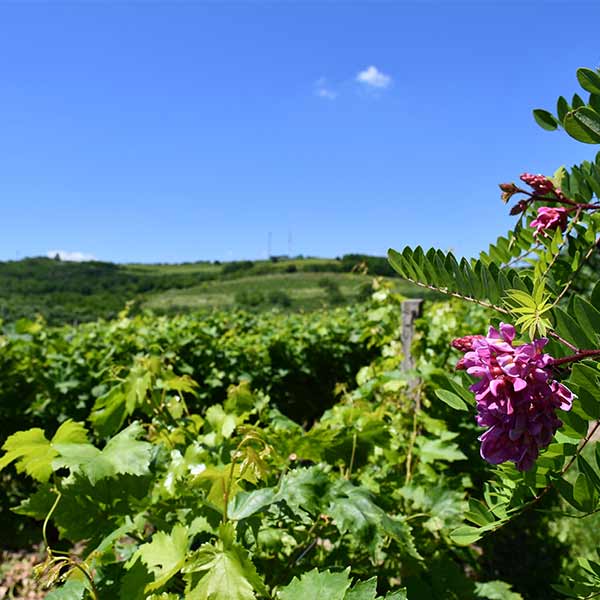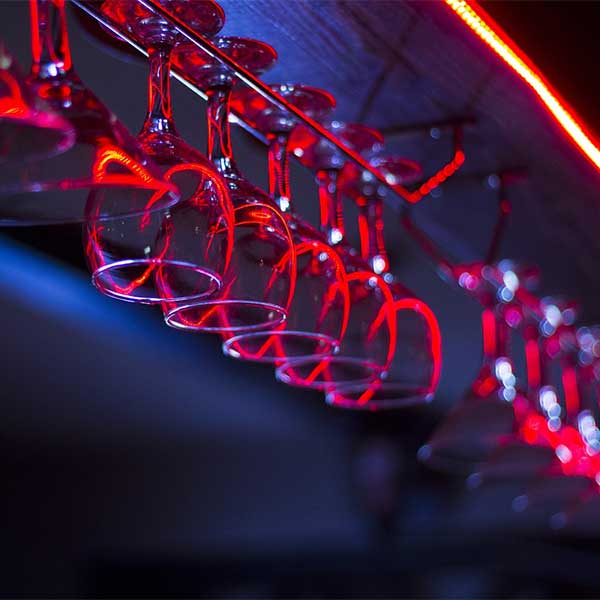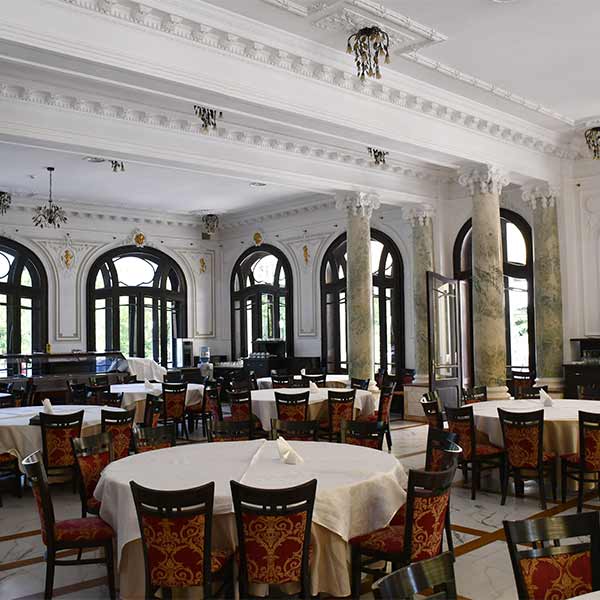
Top 10 Valcea
Horezu Monastery
The monastery is located at the foot of Capatânii Mountain, on the outskirts of the village of Românii de Sus, about 50 km west of Râmnicul Vâlcea, in Vâlcea county. The monastery complex at Hurezi covers an area of 3 hectares, including the monastery itself, the Bolnița Church, and two hermitages, that of the Holy Apostles Andrew and Saint Stephen.
Valcea Wine Road
Romania is one of the few countries in the world that can boast a millenary tradition in vine growing, being a highly appreciated country in this field until the Second World War. Being part of the wine-growing area of the hills of Muntenia and Oltenia, Podgoria Drăgășani is the oldest vineyard in Oltenia.
Ocnele Mari Salt Mine
You should not miss in Valcea: Resorts | Thermal Waters & Health | Tourist attractions | Monasteries | Churches | Museums | Shows
Lotru Valley with Transalpina
Lotru Valley is located in Valcea county and is a fairy-tale place with many tourist attractions worth visiting. It is known as one of the most picturesque tourist roads in Valcea that crosses several agrotouristic areas and includes 3 lakes, waterfalls and two mountain resorts.
It is located in the Southern Carpathians, the Parâng group and for 80 km it crosses the Parâng Massif, the south of the Lotrului Mountains, the north of the Căpățânii Mountains and the Latoriței Mountains.
Valcea Village Museum
The Village Museum of Valcea is an open-air ethnographic museum built on an area of 8 hectares, opened in 1974 in Bujoreni, Valcea. Founded in 1969 and opened to the public in 1974, the museum is located on the border of the municipality of Râmnicu Vâlcea and the commune. Covering an area of 8 hectares, the village-museum (comprising almost 80 architectural constructions and around 12,000 museum pieces) reconstructs the functional image of a traditional rural settlement, with all its social-cultural institutions.
The stained glass dome of the “Antim Ivireanul” County Library
The work consists of 168 stained glass modules, handmade in 2005, with lead reinforcement, in the stained glass technique. The approval procedure began several years ago.
It is a work by the Romanian artist Gheorghe Dican, vice-president of the Union of Fine Artists of Romania. The stained-glass dome covers an area of about 150 square metres and depicts the “Making of the World”. The creation stands about 30 metres above the base of the building.
Horezu and Horezu Ceramics
Horezu is renowned as the centre of Romanian ceramics, a place where the talent and skill of the locals gave birth to traditions and crafts that are still maintained today. Here you can find workshops where you can make different ceramic objects, known all over the world especially for the symbolic motifs used such as: the rooster, the dove, the fish, the wheat ear but also circles, spirals and concentric lines.
Cozia Monastery
It is a foundation of Mircea the Elder, a medieval monastic complex, expanded and renovated over time. At first it was called Nucet Monastery, later it was changed its name after the nearby mountain, Cozia. The monastery is located 3 km from the resort Calimanesti-Caciulata and about 20 km north of Ramnicul Valcea.
Buila-Vânturarița National Park
Cozia National Park
Cozia National Park, a natural area in Valcea County, in the central-southern part of the Southern Carpathians, covers an area of 17.100 ha. The boundaries of the park overlap the eastern part of the Căpățânii Mountains, the entire massif of the Cozia Massif and the south-eastern part of the Lotrului Mountains.


